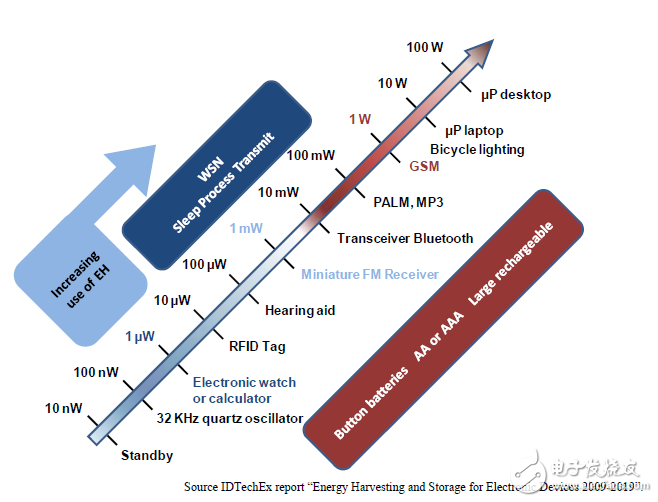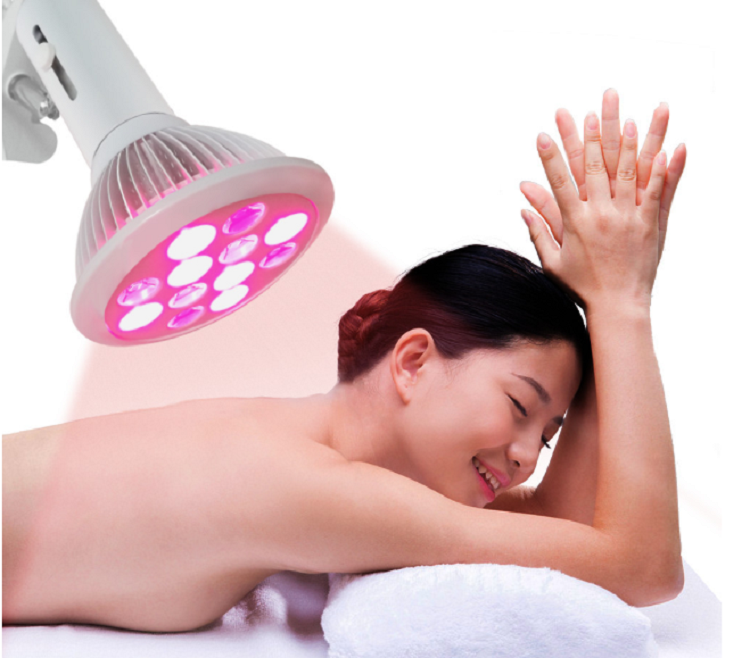Author: ON Semiconductor Bruno Damien and Canova Tech Company Andrea Colognese
In recent years, the topic of energy harvesting has gained widespread attention within the electronic design community. Through the energy harvesting process, small batches of energy can be captured, collected, and then transmitted through electronic devices, enabling simple tasks without the need to integrate traditional power supplies into the system design. However, in order to effectively achieve energy harvesting, the system needs to work at the highest possible level of energy efficiency, whether it is the constituent elements specified by the system or the way the system is laid out. The following are some of the technical challenges of energy harvesting applications and how innovative digital, analog, and power management semiconductor technologies can play a key role in overcoming these challenges.
Applications that utilize energy harvesting (or cleanup) today include building automation systems, remote monitors/digital acquisition devices, and wireless sensor networks. Since energy harvesting does not depend on traditional forms of power, it has two key ecological advantages. First, it does not cause any depletion of fossil fuel reserves; secondly, it does not increase the pollution level (because there is no corresponding carbon emissions or batteries that are discarded after use). In addition to eliminating the need for routing or cabling and thus providing convenience, the true advantage of such applications for original equipment manufacturers (OEMs) and system integrators is that once they are actually in place, it does not actually produce The daily operating costs will not receive bills from utilities or costly replacements for on-site services.
Extract the required energy
There are several ways to collect energy from the environment (depending on which method is proven to be best suited for a particular application), and the power levels typically range from 10 μW to 400 μW. The mechanisms used include temperature difference, kinetics (mainly by vibrational motion), solar energy, piezoelectric effects, thermoelectric effects, and electromagnetics. However, in addition to solar energy, the perception that energy harvesting is "free" energy is not completely accurate. Its energy in vibration or temperature gradients utilizes a lot of wasted energy from the system. Therefore, maintenance and maintenance cost factors must be taken into account.

Figure 1: Power range for real world applications
The energy generated by the collection process can be used in a variety of ways, such as:
1. Switch (Building Automation) – The mechanical force applied to the switch to turn it on or off is sufficient to generate energy equivalent to a few millijoules (mJ) to operate the wireless transceiver. This method sends a radio frequency (RF) signal to activate a door lock or light. This approach provides logistical maintenance and aesthetics because it does not require winding.
2. Temperature Sensor (Building Automation) – The temperature difference between ambient air and heater provides the energy required to wirelessly send temperature data back to the conditioning system.
3. Air Conditioning (Building Automation) – The vibration of an air conditioning duct can be used to generate electrical signals by electromagnetic induction. Air conditioning can be controlled by this signal.
4. Remote monitoring (industrial/environment) – The form may be unattended weather stations, gas sensing systems in chemical plants, tsunami warning systems, etc. Solar cells or small wind turbines can provide the required energy.
5. Medical implants (health care) – such as blood glucose monitors, where heat or human activity allows low-power wireless transceivers placed on the patient's skin to feed data back to the clinic without the need to include batteries (thus improving Patient comfort and reduced inconvenience).
6. Watch (consumption) – Solar or sports energy can be used to support the work of batteryless watches.
7. Tire Pressure Monitoring (TPMS, Automotive Applications) – Using Surface Acoustic Wave (SAW) sensing technology, it is possible to circumvent problems caused by the installation of batteries and the complex electronic circuitry required to fit temperature/pressure sensors on individual vehicle tires. Reduce bill of materials (BOM) costs and engineering resources required.
System design considerations
Since the energy to be processed is only microwatt (μW), it is obvious that taking all possible measures to make the best use of energy is essential. Engineers need to work hard to avoid waste. This involves hardware and software considerations that can be achieved by applying energy-efficient components and ensuring adequate design optimization. Crucially, electronic systems contain low-voltage circuits consisting of intelligent power management. Energy storage issues may also need to be considered, as the sporadic nature of the operation of these systems indicates that, in many cases, there is no direct correlation between the time at which energy is acquired and the time at which energy is subsequently utilized. The storage method used must operate at low voltage with large charge current capability, proper discharge capability, and possibly no self-discharge capability. The digital IC at the heart of the system must be able to provide an excess of processor performance to take on the system's operation while still being able to work with low voltages so as not to exceed the power budget. In addition, the cost-effectiveness of this digital IC must be high enough that its application does not affect the overall system-related expenditures too much, otherwise the price of the system would be too high to be deployed in many of the energy harvesting applications discussed earlier.

Figure 2: Prudent use of available energy
Often, if there is a need to enhance performance levels, provide greater levels of optimization, or increase integration, OEMs will consider custom approaches to work with application-specific integrated circuit (ASIC) vendors from the start of the project. Disadvantageously, this approach is not always feasible because it requires a large amount of up-front financial investment to cover one-time engineering (NRE) costs, and then must be large enough to recoup the investment. Many energy harvesting applications do not have enough batch sizes to take this approach, but on the other hand, engineers who only lay out existing components in subsequent processes may not be able to maximize system energy efficiency. To make matters worse, the development process is likely to require a lot of time and engineering resources.
Led Therapy Bulb with E27/E26 socket, Red Light Infrared works for full body, we have 12w 24w 36w bulb, with 660nm and 850nm wavelength, customized led also ok.
The most convenient Red Light Therapy solution
- E27 therapy bulb Suitable to use on any part of the body.
- Anything in the first couple of inches of skin can be affected by this light, making it suitable for; hair health, general skin tone/beauty, acne, eczema, wounds, bruises, sunburn, joint pain, wrinkle prevention, and much more.

Led Therapy Bulb
Therapy light, led therapy lamp, light therapy lamp, lamps for light therapy, therapy light lamp
Shenzhen Wenyi Lighting Technology Co., Ltd , https://www.wycngrow.com